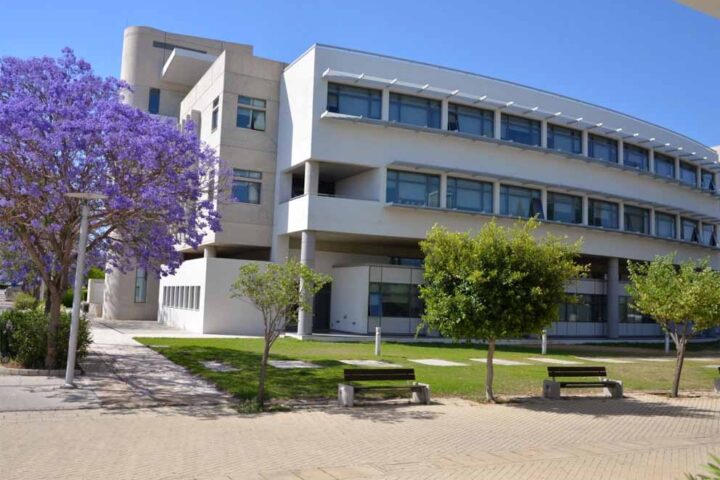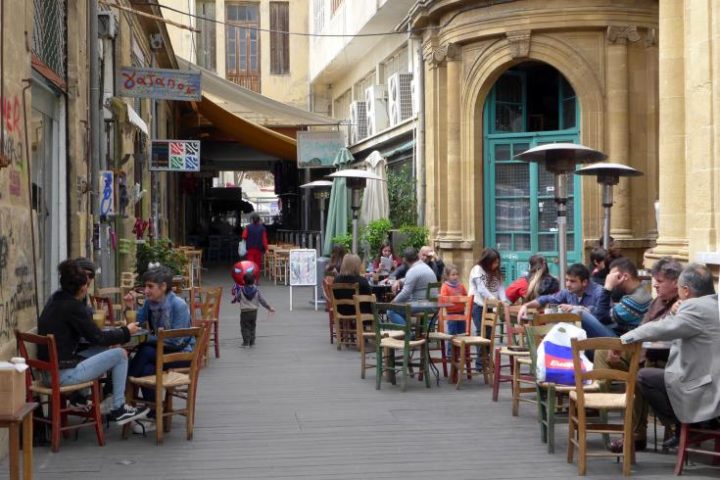By Fiona Mullen
Director, Sapienta Economics Ltd
May 15 marks the two-month anniversary of the “Ides of March”, when the unprecedented decision to hit small bank depositors in Cyprus, and the parliament decision to reject it, introduced capital controls for the first time in an EU country and sent the Cyprus economy reeling.
So, how bad has it got? The Statistical Service, Cystat, will produce the “flash estimate” for real GDP growth (or decline) in the first quarter. But that will include ten weeks of pre-crisis figures.
To look for the real signs, we must seek out more up-to-date data. Statistics on plastic card spending, car registrations, cement sales, bank deposits and loans, and tourism are beginning to trickle through to give us an idea.
 Private consumption accounts for 66% of GDP, therefore any information on consumer spending will be the most important indicator for the impact on the economy as a whole.
Private consumption accounts for 66% of GDP, therefore any information on consumer spending will be the most important indicator for the impact on the economy as a whole.
Unfortunately, the retail sales data are published with a long lag, so the latest number we have is for February, when retail sales volumes had already fallen by 11.2% compared with February 2012, according to preliminary data.
However, we do have data from JCC Payment Systems. Plastic card spending by locals tumbled by 22% over the year earlier in March (when many outlets refused to take cards) and by 12% in April, having fallen by only 2% in February.
An indication of weak demand is deflation. Prices fell by 0.3% over the year earlier in March according to the consumer price index. If this trend continues, it means that Cyprus has fallen into deflation far faster than any of the other bailout countries.
Another indication of spending is car registrations. These have been in almost uninterrupted double-digit decline for two years. But in March they recorded their steepest fall yet, with a decline of 50.6%.
An indication of the impact on the already beleaguered construction sector, which has been in recession since mid-2008, is that local cement sales fell by 24.4% in April, although this is not the worst recent performance: they fell by 34.8% in February and by 32.2% for the whole of 2012.
With no one spending, it is no surprise that government revenue went through the floor. Inferring from cumulative data for March and February, you can see that total revenue dropped compared with the year earlier by 40.9%, while VAT revenues fell by an astonishing 64.4%, thus winning the prize for the scariest post-crisis figure to date.
LOCAL BANKS LOSE € 2 BLN
Bank data are also pretty alarming, with deposits dropping by EUR 3.8 bln over the previous month in March. And this all happened before March 15, according to the Central Bank of Cyprus, after which capital controls were imposed.
Just over EUR 2 bln of this EUR 3.8 bln was withdrawn from “other” banks, a list that includes Russian Commercial Bank, Barclays and the Federal Bank of the Middle East (FBME). Nevertheless, nearly EUR 1 bln was drawn from Bank of Cyprus and Laiki and another EUR 300 mln from the co-operatives.
This means that the local banks are probably in a rather weaker state than had been expected when the “up to 60%” haircut on uninsured depositors at Bank of Cyprus was announced.
New lending has also all but dried up. Growth in the stock of housing loans, which was rising in double digits up to mid-2011, turned negative for the first time in March.
Anecdotally, we hear that lending officers are only repackaging loans and credit-card debt to make it more easily payable by the creditor.
Registered unemployment leapt by 27.7% in April, its highest pace of increase since October.
As for income into the country, tourism declined by 1.8% over the year earlier in March, thanks in large part to a 32% fall in arrivals from Russia, hitherto our strongest market.
Then there is the anecdotal evidence. I have yet to meet anyone in the private sector who has not suffered a pay cut. As I write this I have not even paid my own April salary.
And we know that the public sector workers had another pay-cut in the last parliamentary package after an average cut of around 10% in January.
What we have not yet seen is the impact on the business services sector—the only sector, together with financial services, that was growing and creating jobs before the crisis.
Unfortunately, indications for that sector are published only on a quarterly basis and after a very long lag in the balance of payments, so it will be some time before we can really assess the damage to this sector.
Nevertheless, given the early indications above, I have no reason to adjust my own forecast for a real GDP decline of 15% this year.
This is much less rosy than the European Commission, which last week forecast a fall of just 8.7% in 2013, followed by a smaller decline in 2014, the year in which the cumulative impact of the crisis will really start to be felt.
Subscribers to Sapienta Country Analysis Cyprus enjoy each month a comprehensive, concise and up to date analysis of the politics, policy and economy of Cyprus: www.sapientaeconomics.com







